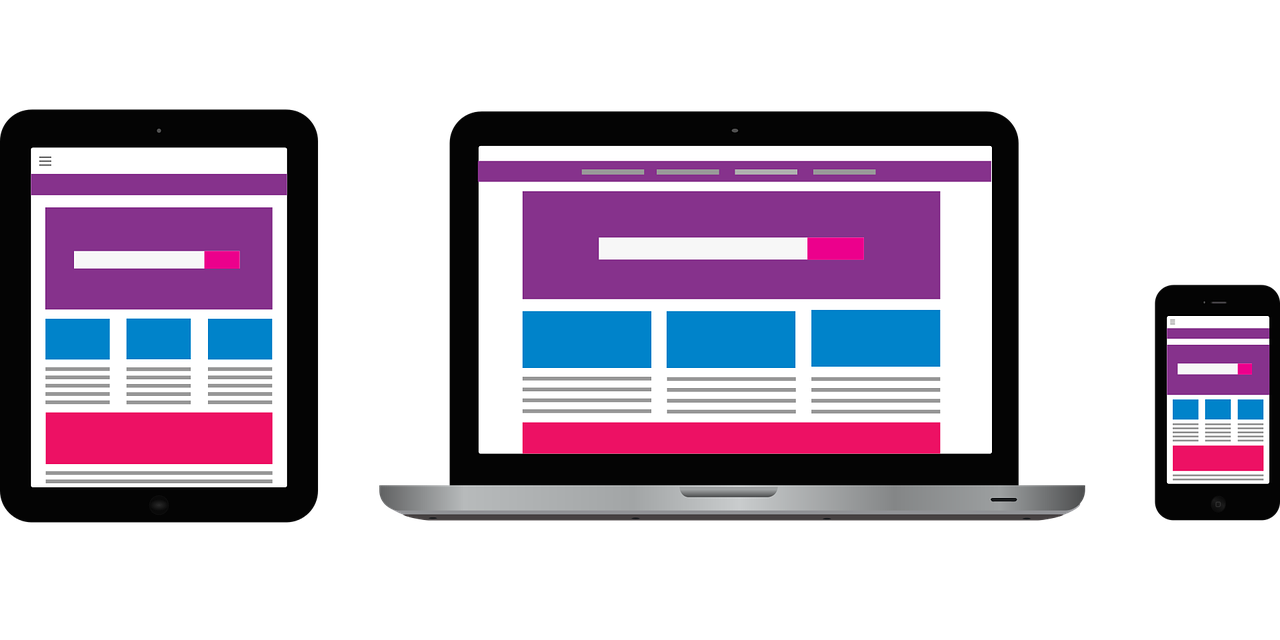-

Are websites improving in design and structure?
Fri Jan 15 2021. 4 min readIt’s hard to believe that it was really not that long ago that the world at large started “surfing” the World Wide Web. Really, it was only a couple of decades ago. But those of us who remember those early attempts at web commerce and personal pages (remember Lycos? AskJeeves? AIM?) would probably agree that the technology is vastly improved these days over what it used to be.
First, websites are more streamlined and they’re optimized for viewing on a variety of platforms from laptops to cell phones. This means that whether you’re in your home office or you’re back in the workplace, you have a few options for viewing whichever site you need. And media is easier to access online than it used to be – while trying to watch a video online used to mean the frustration of glitches, buffering, and pixel distortion, sites are now optimized enough that you can watch a major theatrical blockbuster on a phone or tablet and expect a smooth viewing experience.
In addition, website designers know they have ample competition out there for their target audience. As a result, the practice of Search Engine Optimization (or SEO) has skyrocketed in popularity. SEO gives website owners a way to try and boost their site’s rankings on the popular search engines (Google, Bing, etc). The better your SEO ranking, the higher your page will be on Google.
Is there a downside to this improvement? If anything, it might be that there is almost an embarrassment of riches – there are SO many websites covering every topic under the sun. There’s massive competition to reach your potential audience’s eyeballs.
This competition is likely to benefit internet users in the future in terms of continuing improvements to their browsing experience. Although no one knows what the internet of 2040 or beyond will look like, it’s probable that the design and structure of general websites will be even more advanced than they are now. Maybe in 2040 we’ll look back on “the internet of 2020” with a faintly nostalgic air, as we do now with “the internet of 1998.”
